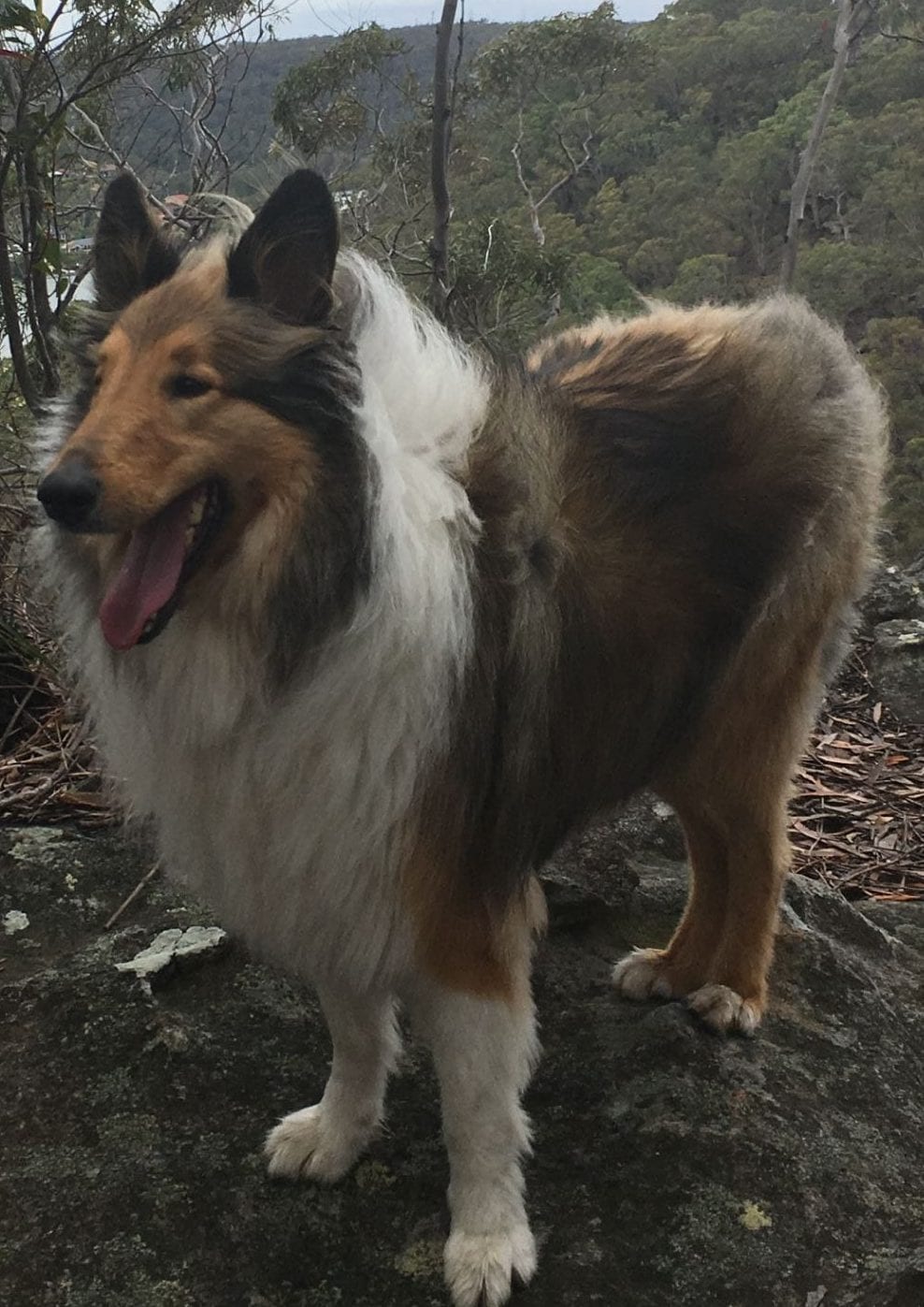At the start of this subject, I thought that I had just commenced my digital literature journey. However, it soon became apparent that I had underestimated the extent of my familiarity with digital literature and my journey had started quite some time ago. In Discussion forum 2.1 I had indicated that my experience was primarily limited to non-fiction narratives, specifically interactive journalism (Linquist, 2021a). I realise now that I had been using digital story telling platforms and tools in my pedagogy and everyday life more broadly than I had initially surmised. I have regularly viewed student PowerPoint and Canva publications, colleagues’ Google slides presentations and a plethora of personal stories through social media. Despite this, what I did lack was breadth of knowledge of the enormous array of digital tools, and a thorough appreciation of their diversity and ready availability. What I did acknowledge was my need to incorporate digital literature more readily into my classroom teaching because of its engaging qualities. In undertaking further reading in preparing for assessment 2, I came across the article by Wright (2019), From Twitterbots to VR: 10 of the best examples of digital literature which provided me with some interesting and diverse examples of digital literature. This opened my eyes more widely to the scope of digital literature, and I instantly felt the need to share examples of what I had discovered with both colleagues, students and my own children.
Through my work in completing the Assessment 2 reviews, I came to an increased understanding of the attributes that make a digital story more appealing and engaging. In Digital Literature Review 1 I identified that the incorporation of sound into the artefact would have added to its appeal (Linquist, 2021e). This enhanced knowledge about the value of media in digital stories was fundamental in guiding me in the creation of my own Digital story project.
In Discussion forum 4 Digital stories and questions in my mind I raised questions about the increasing willingness of people to share their personal stories on social media (Linquist, 2021b). In response, Walsh (2021) made the point that digital storytelling via TikTok and Instagram have been an important means of communication for her during the COVID lockdowns. This highlighted to me how invaluable and versatile digital technologies are in our world today. The impact of COVID, and my experiences with online learning have reinforced the need to further embrace digital technology in my pedagogy. In Discussion forum 1 Trends in digital literature, I acknowledged that the digital literature landscape is continuously evolving (Linquist, 2021c). As a teacher librarian in training, I came to the realisation that it was imperative that I strongly embrace digital literature and that I stay abreast of the developing trends.
This subject has encouraged me to step outside of my comfort zone of using Google slides for my digital storytelling in the classroom. Module 5.1 Digital narrative artefacts highlighted the huge array of tools available to create a digital artefact (Croft et al, 2021). I had not previously created anything using PowToon, and decided to use this for my assessment, to embrace the growth mindset wobble that is promoted at my school. However, in evaluating the process of creating this digital story, I realised how time consuming it was. The time required to produce a quality artefact may be prohibitive for teachers with their excessive work load. Consequently, this significantly limits my ability to create custom made digital stories designed for the specific needs of students in my classroom. The other factor evident to me from reviewing other people’s artefacts was that I must be willing to accept both peer and student feedback on my own work. This is especially challenging to have others critique your work, but is necessary to ensure modifications and improvements are made as part of ongoing teaching program adjustments.
One of the main areas where my knowledge and understanding was greatly enhanced by this subject and that will have an impact on my teaching practise is in the area of copyright. In Discussion forum 6 Fair Use vs Fair Dealing I indicated that Australia’s Fair Dealing system specifies ways that the use of material does not infringe copyright (Linquist, 2021d). I have never before raised the issue of copyright with students in my classroom. However, this subject has increased my knowledge and understanding about its importance and also given me the confidence to readily incorporate it into my teaching.
References
Croft, T., Nash, L., O’Connell, J., & Fitzgerald, L. (2021). Module 5: Interactive authoring tools [learning module]. INF533, Interact2. https://interact2.csu.edu.au/
Linquist, D. (2021a, August 8). 2.1 [Online discussion comment]. Interact 2. https://interact2.csu.edu.au/
Linquist, D. (2021b, September 12). Digital stories and questions in my mind [Online discussion comment]. Interact 2. https://interact2.csu.edu.au/
Linquist, D. (2021c, August 1). Trends in digital literature [Online discussion comment]. Interact 2. https://interact2.csu.edu.au/
Linquist, D. (2021d, September 25). Fair Use vs Fair Dealing [Online discussion comment]. Interact 2. https://interact2.csu.edu.au/
Linquist, D. [dikozlow](2021e, August 10). Digital literature review 1. Diana’s reflective journal. https://thinkspace.csu.edu.au/dijl/2021/08/10/digital-literature-review-1/
Walsh, R. (2021, September 17). Digital stories and questions in my mind [Online discussion comment]. Interact 2. https://interact2.csu.edu.au/
Wright, D. T. H. (2019). From twitterbots to VR: 10 of the best examples of digital literature. The conversation. https://theconversation.com/from-twitterbots-to-vr-10-of-the-best-examples-of-digital-literature-110099

